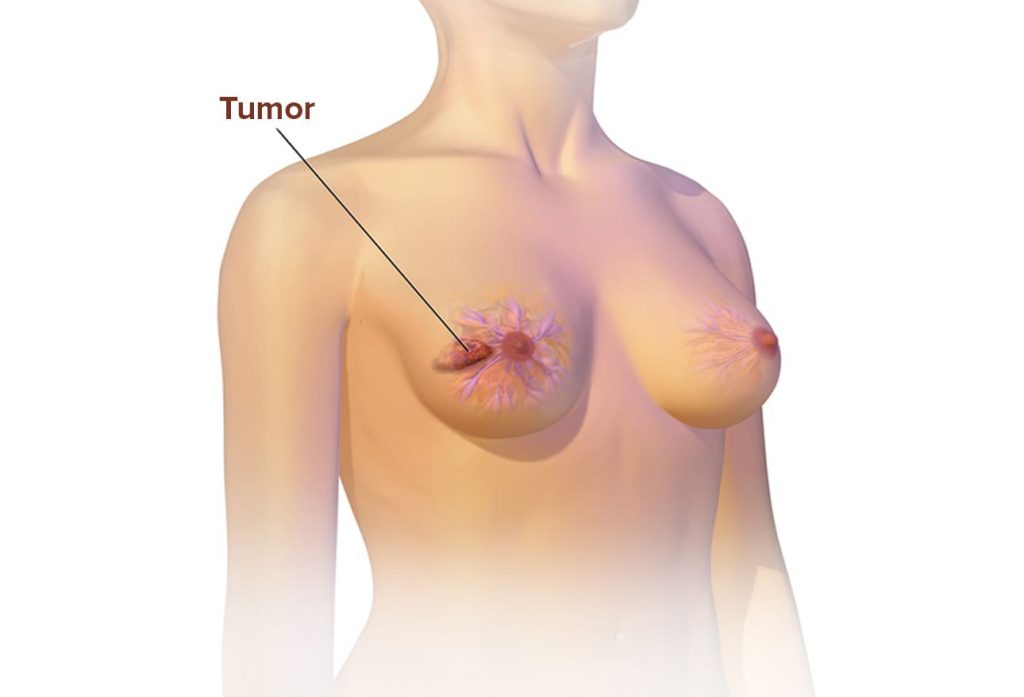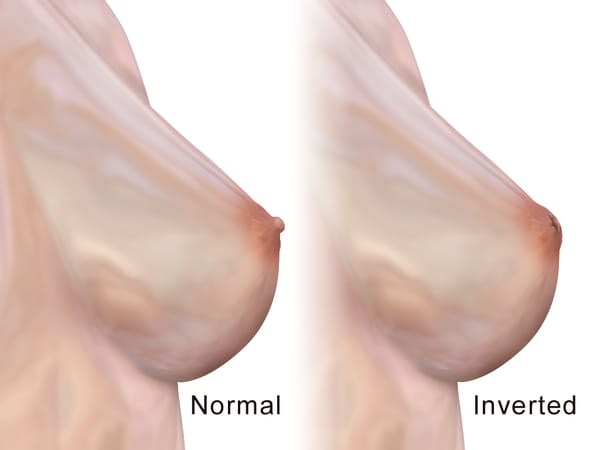Even after years of being adored and objectified the silence around Breast related ailments remains constant! Breast cancer is the most common type of cancer in women around the world. It affects millions of people each year. Breast Self-Exam (BSE) dates back to the 1930s, when a group of activists began advocating it because their advice to seek treatment for abnormal lumps did not decrease the death rate. BSE involves a personal physical exam in which women are asked to feel their breasts for lumps. It is an important technique for detecting changes in the breasts and bringing them to the attention of the doctor. A breast self-exam can be quite useful in detecting tumours, cysts, and/or other abnormalities in the breasts. Regular BSE not only familiarizes women with their breasts, but it also aids in the detection of changes in the breast tissue, resulting in an earlier diagnosis of breast cancer.
When to Self-examine?
Breast self-examination should be done as soon as a woman ends her monthly menstruation. Hormonal changes during menstruation can affect the size and feel of the breasts. Thus, the best time to perform a BSE is a few days after the monthly cycle ends, as this is when the breasts return to their normal state and are neither tender nor swollen.

If any changes in the breast are noticed during the examination, it is best to consult the doctor right away. Women who do not menstruate should undertake breast self-examination every month.
From what age should you start self-examination?
Any woman above the age of 20 should do it once a month, either in the shower or while lying down. One regular day each month for BSE would enough for women who have attained menopause.
How to Self-examine?
BSE can be performed in the shower or any other location where a woman feels at ease. Begin by standing in front of the mirror with your shoulders straight and your hands on your hips. A comprehensive visual examination of the breasts is required, with the following criteria in mind:
- Changes in structure, such as changes in breast symmetry
- Formation of dimples
- Nipple inversion or any abnormal discharge from the nipples
- Unknown puckering or creases
- Redness, pain, rashes, and swelling
- Skin thickening or the development of lumps
Hands should be used to check the sides of these signs. Then lift one breast at a time while raising your arms overhead.

Inspect the breast using the pads of your fingers rather than the tip, moving your hands in a spiral pattern from the nipples. The examination should continue to the centre, from the breast bone to the collar bone, and to the sides, till the armpits. Finally, lightly squeeze the nipples to see whether there is any discharge. Repeat the procedure for the second breast.
In the case of breast implants, it is recommended that the edges of the implants be identified with the help of a specialist so that any changes in the contour of the breast caused by the implants can be linked.

What if you notice a lump?
Breast self-examination can save a woman’s life. The majority of breast lumps are discovered by women or their partners. A significant proportion of breast lumps are not cancerous.
If you feel a lump or any form of skin thickening, it does not have to be cancerous. Many breast abnormalities are non-cancerous and non-harmful; nevertheless, this does not mean that a lump or anomaly should be disregarded. A doctor should examine any bulge or change. Early detection is the most effective strategy to combat breast cancer.
V Care Cancer Centre under the guidance and supervision of senior oncologist Dr Vikash Kumar Agarwal, commits to making life easier for cancer patients, survivors, and their families by conducting extensive research on topics that pose a common question for everyone interested in learning more about this dreadful disease.

October is Breast Cancer Awareness Month, and despite the fact that it is the most prevalent cancer among women, many women ignore symptoms due to insecurities and a fear of being judged. Our objective is to dispel this anxiety and raise awareness about the necessity of self-screening and timely treatment. We wish to eliminate cancer myths and stress on the importance of leading a healthy lifestyle. Our main objective is to disseminate the message that “Cancer has an answer when detected early!”
